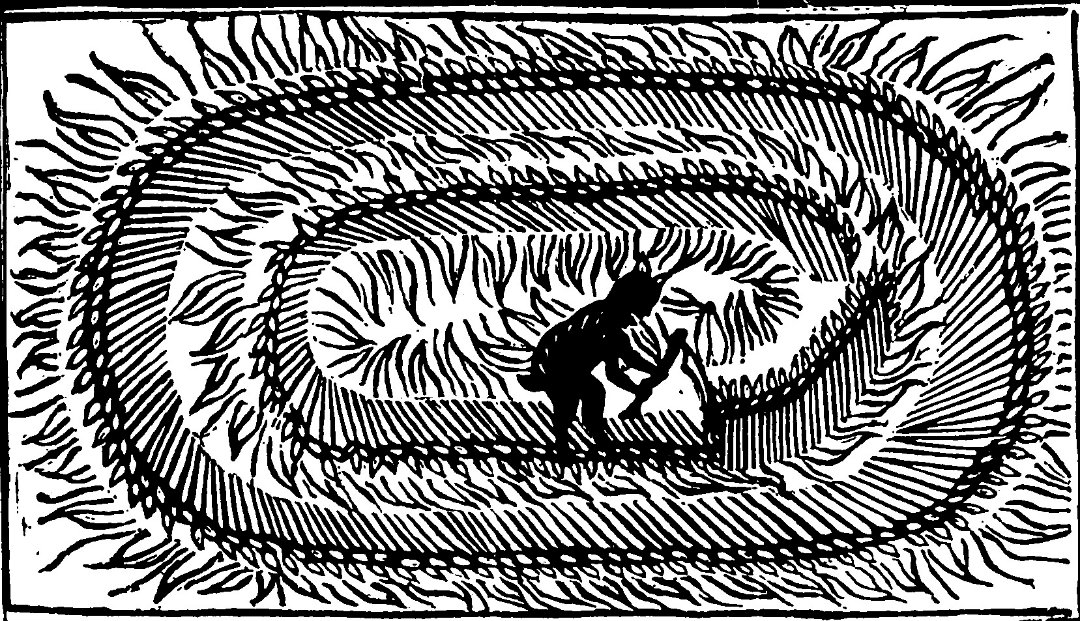To Dawn Keetley, professor and chair of English, horror is not about the jump-scares and killing-for-the-sake-of-killing central to many popular slasher films.
“The horror films that I like are the ones that are intelligent, the ones that have a message [and] are clearly saying something...I just think horror films are some of our most interesting and rich popular culture texts,” she explains.
Writer-director Jordan Peele’s 2017 film “Get Out,” says Keetley, is a perfect example. The critically acclaimed blockbuster grossed more than $255 million worldwide. It was nominated for four Academy Awards and won the award for Best Original Screenplay, making Peele the first African American writer to win in that category.
“[Peele] is doing some of the more provocative horror things right now,” says Keetley.
Keetley explores the political underpinnings of “Get Out” as editor of Jordan Peele’s ‘Get Out’: Political Horror, a collection of essays forthcoming from Ohio State University Press in the New Suns series. The film, she writes in her introduction, “centers on an African American man, Chris, who takes a trip to his white girlfriend’s wealthy family in upstate New York. The off-putting family visit immerses Chris in a world of microaggressions that get progressively more unnerving, even sinister, culminating in the terrifying moment when he realizes he has been seduced into a deadly trap.”
Keetley believes the book is the first scholarly publication to examine “Get Out.” However, she says, the connection it draws between horror and politics is not new.
“‘Get Out,’ I think, was innovative in the thoroughness with which the horror and its political subtext was interwoven,” she explains. “But part of what the [book] does is make the point that political commentary has been a longstanding tradition in the horror film … It’s always been there.”
The collection includes 16 essays from contributors ranging from emerging to established scholars. In her substantial introduction, Keetley traces “Get Out” within the tradition of political horror.
“Jordan Peele really knows horror films, so he’s very self-conscious about drawing on horror film tropes to make a political statement,” she says. “[For example,] I think 1975’s ‘The Stepford Wives’ is one of the principal influences of ‘Get Out,’ and that film was explicitly political. It raised issues taken up by the women’s movement in the 1970s—women’s oppression in the home and in the suburbs—so he’s really drawing on the political efficacy of horror by referencing Bryan Forbes’ film.”
The book tackles the film in two sections. The first section includes essays about the politics of horror, or “essays that root ‘Get Out’ in the horror film and Gothic tradition, showing how Jordan Peele was continuing what the horror film, and even the Gothic, has long been doing.” The second half of the book focuses on “how ‘Get Out’ illuminates and intervenes in the terrifying aspects of its political moment”—the horror of 2010s politics.
Keetley notes that, according to Peele, the film reflects several political moments: “Peele said he started [‘Get Out’] when Obama was president, and he was questioning the whole idea that we were post-racial in Obama’s America. But then Trump was elected and [Peele] said the entire political look of things shifted. I think his films say something about both political moments.”
Given Peele’s planned series of what he calls “social thrillers,” Keetley believes the conversations that erupted around ‘Get Out’ will continue—and have continued in the wake of the director’s second film, “Us.” While Peele is on record as saying “Get Out” demonstrates that everything is about race, he has claimed that “Us” shows that not everything is about race. Both claims are provocative, and scholars will no doubt continue to tease out their implications, says Keetley.





